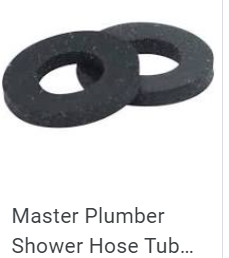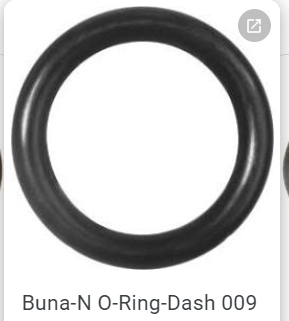The link you provided was for a MHT fitting to attach a garden hose female connector. The fitting you mention has pipebthread... actually NPT... national tapered pipe thread whish common household pipe thread / fittings. Look up /:search for various threads you cited and you will learn the differences..while different ones may appear to join together they are NOT compatible and can lead to leakage, breakage & worst case sinking when straight threads are joined to tapered at a seacock.
If you search RV HWH bypass kit you find examples.here is one
https://www.etrailer.com/Accessorie...BvRr6DRXetGw9cREqm5a4fy38X6v_AjkaAh0kEALw_wcB
They come with different length hoses to act as the bypass. Measure the distance between where the valves will be located to figure out what L you need. Emailer is a good source and they have many how to instructions to help if you are still unsure
They b also sell a similar one valve kit for inlet to thevwayer pump. Winterization is EZ as after installation you empty empty the tank, turn the valve, connect the short hose into a jug of pinknandbturn your pump on and open each faucet in sequence to get pink in all faucets / fixtures.
https://www.etrailer.com/RV-Fresh-W...4CkUs6YDqVdF2n4hcieAruA8D2APRxo8aApyeEALw_wcB
If you haven't performed DIY winterization before you may be waybahead to have someone that has experience do it. Best to observe, take notes & video to ensure ability to DIY next time w /o an expensive oversight. It's not difficult once you know what you are doing... fixing freeze up problems are much more difficult, more expensive and very little fun!
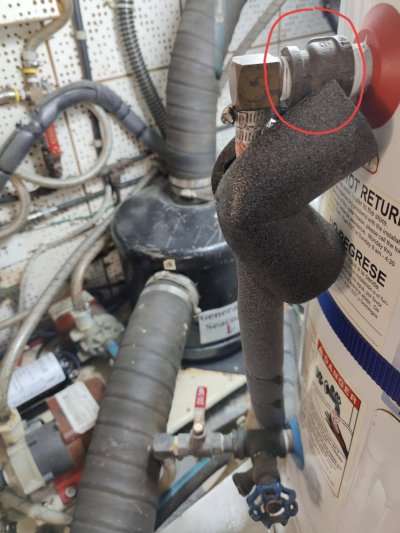


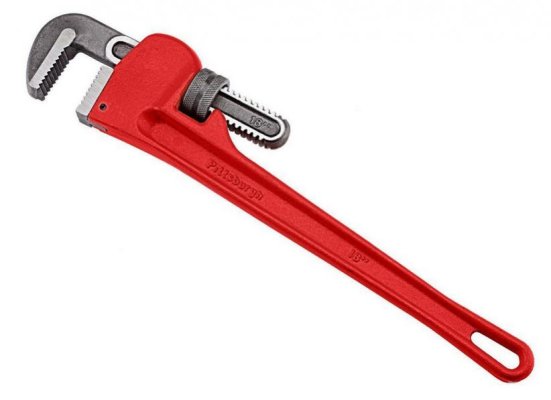
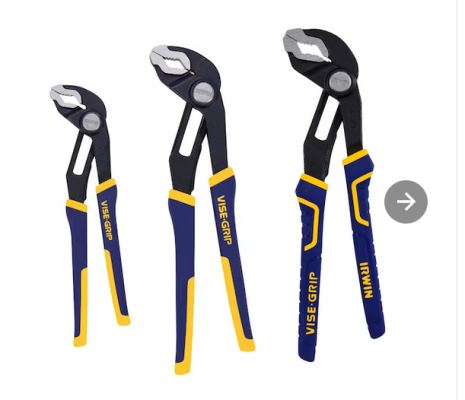
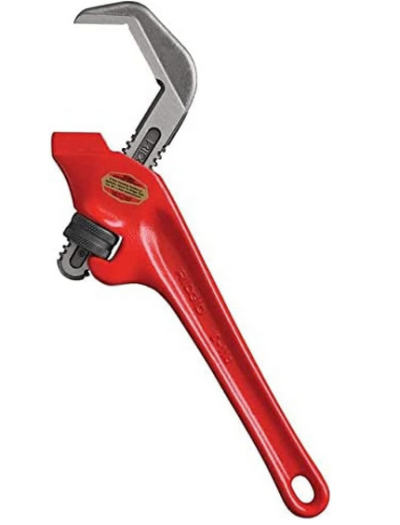
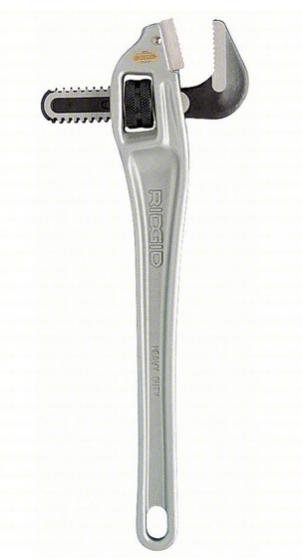
 That's the way to go. Also, made for a pipe wrench.
That's the way to go. Also, made for a pipe wrench.